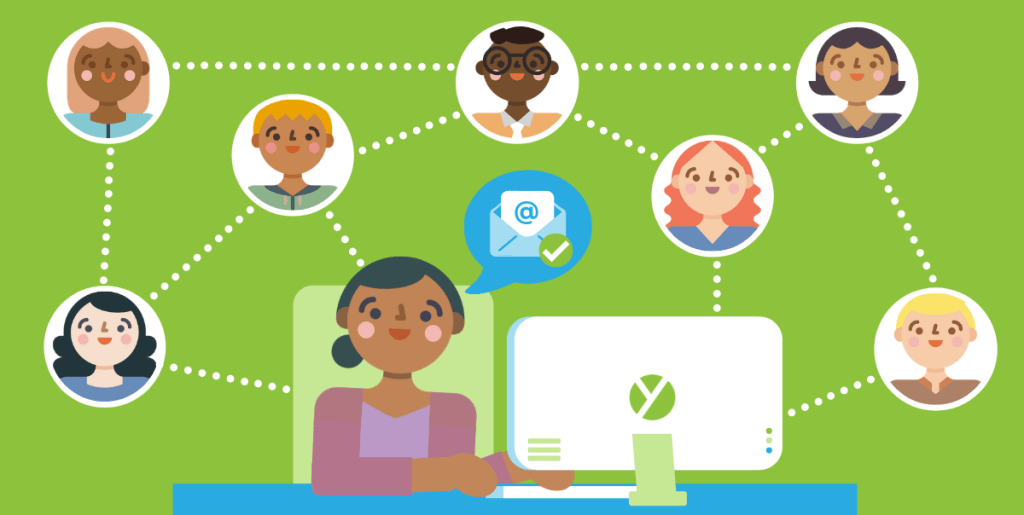In today’s marketing environment, personalization is no longer a differentiator, but a basic consumer expectation.
This is because brands realized that consumers better respond to ads that are more unique and personal, rather than generic and impersonal. Personalized marketing strategies take into account an individual consumer’s behavior and interests in order to show them advertisements that are more relevant to them. Personalized marketing efforts are effective, with 80% of consumers stating they are more likely to make a purchase when brands offer personalized experiences. That being said, 31% of customers wish that their shopping experience was more personalized than it currently is, meaning there is room for brands to improve their personalization tactics.
While marketers know that consumers prefer a more customized and personal experience, properly implementing a marketing personalization strategy is easier said than done. In this post, we look at 3 personalization strategies that will improve customer experience.
#1 Craft Meaningful, Personalized Emails
On average, over half of email recipients spend less than 2 seconds looking at the emails we send them. Most of them delete our emails or unsubscribe from our mailing lists as well. With the majority of consumers not reading the emails we are sending, you may be wondering why marketers still put an emphasis on email marketing.
It’s because when done right, email marketing can be very effective. Statistics show that email marketing has an ROI of 4,200%, and can increase revenue by as much as 760% when used in segmented campaigns.
The key to getting the most out of email marketing is personalization. Your customers receive hundreds of emails a day. A personalized email is more likely to be read all the way through. This is especially true if the email layout is well designed and pulls information from the consumer’s buying behaviors to offer promotions that are most relevant to them. Even something as simple as a personalized subject line can be enough to make your email stand out from the competition’s.
#2 Personalized Follow Ups
Most of your customers will not make a purchase when they first interact with your brand. In fact, only 2% of sales are made at the first point of contact. This means it is essential that you follow up with your customers in order to establish trust in your brand and assure them that your company offers them the best products or services.
When following up with customers, you need to take into account how they have interacted with your brand in the past. This includes products they’ve viewed, support tickets they’ve opened, and past purchases they’ve made. In this way, any retargeting ads, phone calls, or emails that you send their way will have a greater chance of leading to a sale.
#3 Offer Incentives in Exchange for Data Collection
Data collection is necessary for coming up with any personalization strategies. For many customers, filling out surveys or consenting to have their data tracked isn’t something they are always open to. A proven method for increasing the number of customers opting in to allowing you to collect their data is by offering them incentives in return.
The best practice is to offer the right incentive to match your target audience, as well as making sure the incentive is not too great that you potentially jeopardize the quality of your feedback. Good examples would be to offer customers a 10% discount off their next purchase, or a free product sample. If your business is B2B, then perhaps offer access to an industry report or exclusive webinar.
While incentives may add to your cost of data collection, the benefits will be worth it. The more data you are able to collect from a customer, the better you will be able to personalize your marketing towards them and make a sale.
Conclusion
Personalization is important for building customer relationships and increasing revenue. Actions such as including a customer’s name in an email, to recommending products based on past their viewing history, all impact how a customer perceives your brand, and ultimately whether or not they will buy from you.
If you need help implementing personalization strategies for your business, contact us using the form below.
The post 3 Personalization Strategies to Improve Customer Experience appeared first on Durham Digital Marketing Agency.


